Used to be you had to dig to find posts like this, or least find a caveat, “Self-publishing sucks, but here’s a writer who’s doing it.” Basically, more traditionally-published writers are coming out of the woodwork and looking into this medium.
In the L.A. Times, there’s a nice piece by Steve Almond (on Amazon) who put out his most recent collection via the Espresso Book Machine.
I pitched this project to a number of editors over the ensuing months. Aspiring writers and fans of micro-fiction would go nuts. Members of the iPhone generation would embrace it as a quick and accessible form of literature.
The editors did not share my optimism.
“How . . . interesting,” they said.
And, “Flip it over? Huh?”
And, “Wait — you’re joking, right?”
After a dig at self-publishing that it’s beneath him, he considers the potential royalty rate of publishing with a small press (virtually nothing for a small seller) vs. publishing it himself.
This might sound sort of pathetic. (It often feels sort of pathetic.) But the more I thought about it, the more the situation struck me as potentially liberating.
If I self-published my little book, I’d be able to take it directly to my circle of readers, and build interest from the bottom up. No marketing plan, no guilt-inducing advance, no royalty statements, no remainders.
Yes, he still has reference that self-publishing is potentially “pathetic,” and with time even this caveat will go away, as self-publishing won’t need the qualifier. What’s significant about this is that self-publishing not only offered him the opportunity to keep profits, but to publish a more-unique book that his traditional publisher wouldn’t touch. Self-publishing offered more creative freedom.
Interestingly, he’s only self-publishing through the Espresso Book Machine – not through the web, so he’s only selling the book in person, at readings. He goes on to say that he sold more books via the EBM than he would normally. There’s a certain novelty to the EBM that you could argue would wear off, but many people are very likely to have their interest peaked in a book that they can see printed in front of them.
This is pretty much confirmation that the biggest thing for self-publishing besides ereaders is the Espresso Book Machine. After the Apple tablet transforms the industry (quite likely) the Espresso Book Machine might just be the next big thing.
Get an Editorial Review | Get Amazon Sales & Reviews | Get Edited | Get Beta Readers | Enter the SPR Book Awards | Other Marketing Services


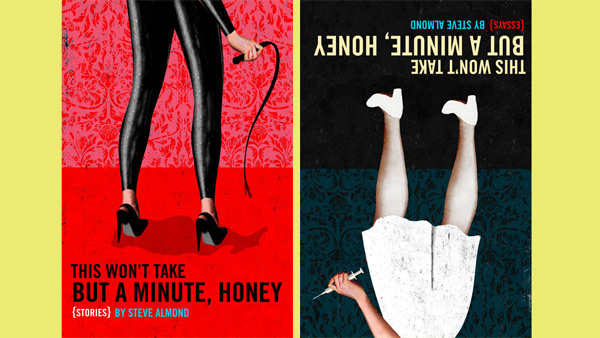
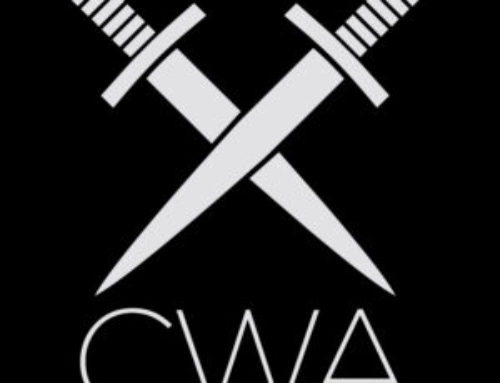
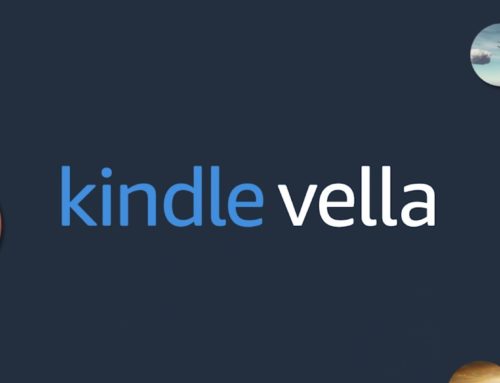
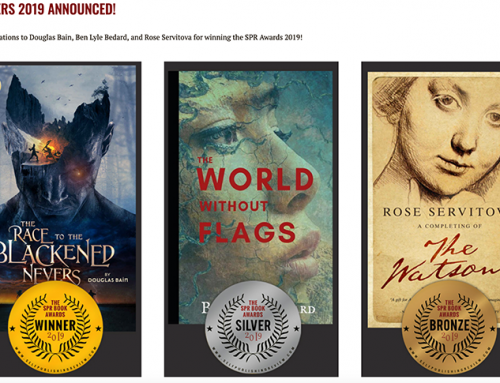
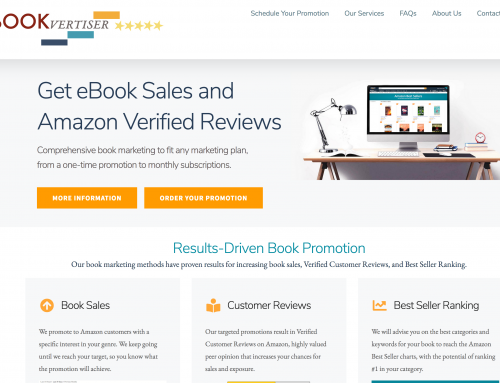
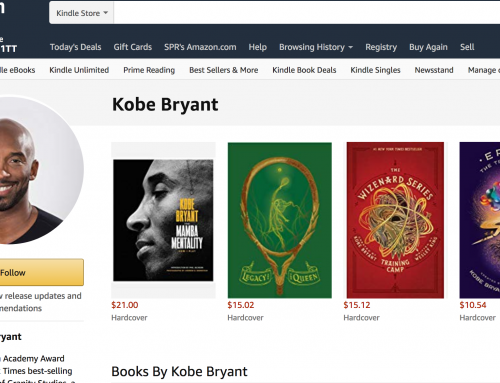
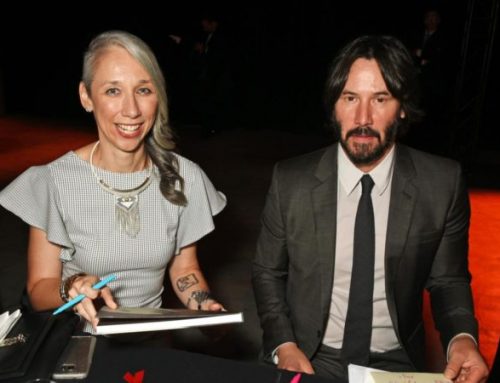
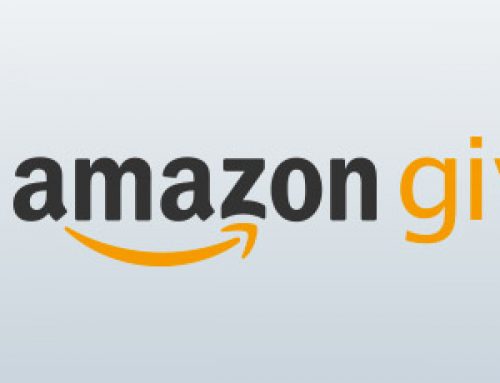

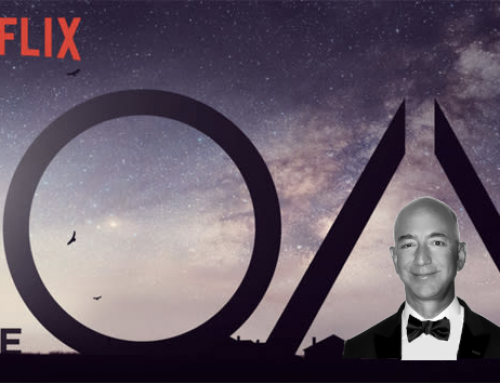
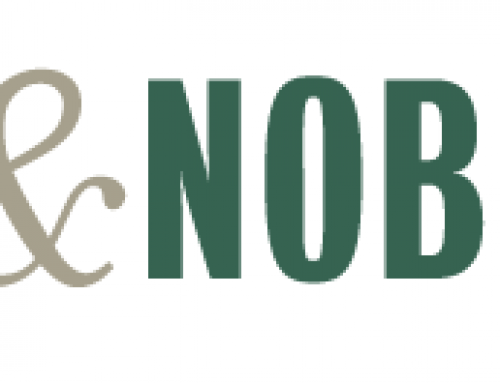
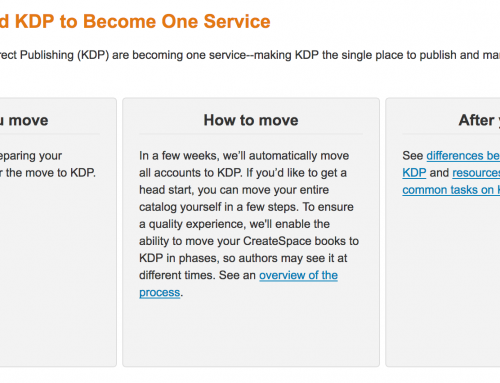
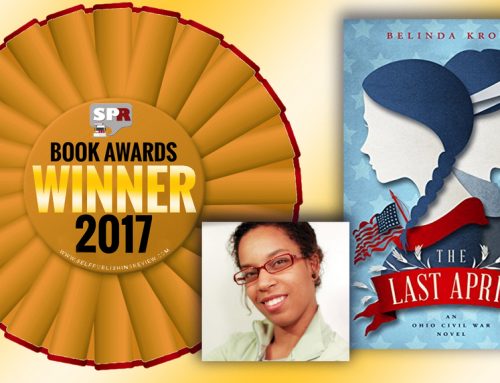
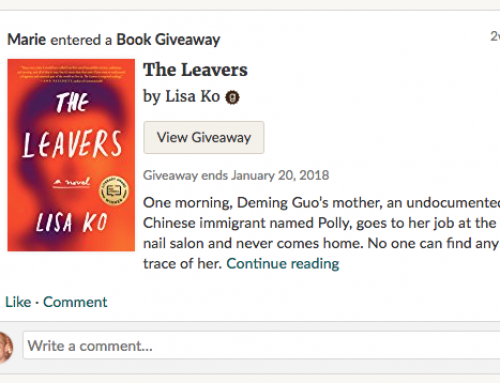
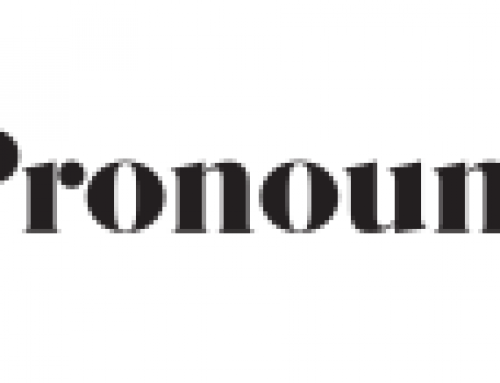
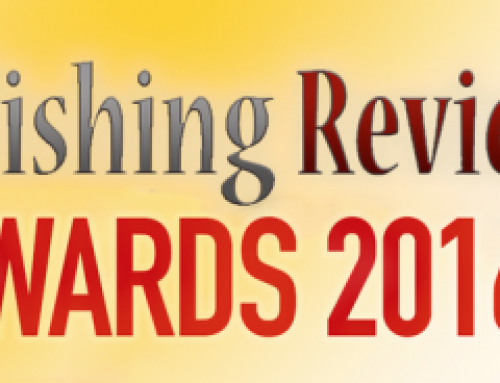


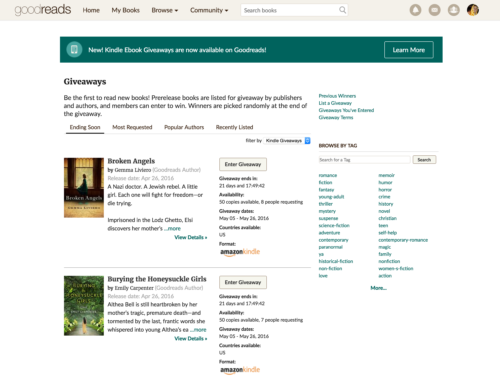
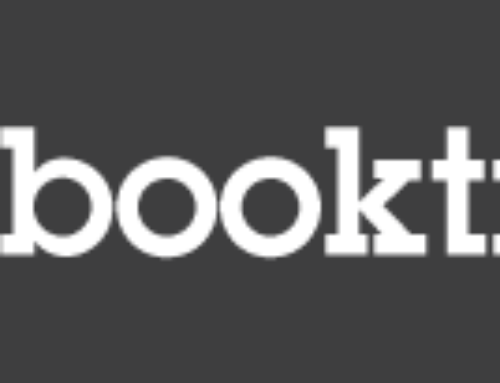
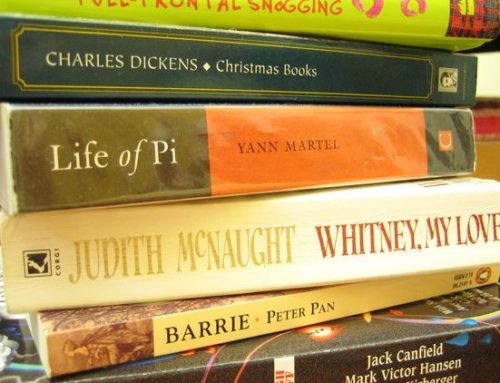
Really hopeful this will change the game. Thanks for posting, Henry.
I sell thirty of my forty titles via POD and Kindle (with Sony just days away). I have been publishing my otherwise out-of-print books since 1985, publishing via Lightning Source since they opened for business, and reformatting to Kindle for a year. The only books I even offer to “real” publishers are pictorials, because of quality issues. I am in the middle of publishing my first novel, which I didn’t bother to show to any editors.
All this adds up to part of my retirement plan, a way to maximize my income for myself by myself. I couldn’t live on what I make, but it’s getting to be a few thousand dollars a month and nicely supplements my basic retirement income, which I started taking last year.
Mainstream publishers and their one-trick marketing plan (Barnes and Noble and lots of prayer)) are on the road to oblivion.
I have interviewed my fair share of authors on BlogTalkRadio. One of our guests was an author who was represented by an agent and had successfully published seven mystery novels through traditional means. Her last fiction work was spurned by her agent who told her it would never sell because of the subject matter, so she decided to self-publish it under a pen name because it was a book she wanted in print. She did and is happy with the result and enjoying sales. Another prime example of a traditional author going POD.
There’s an amazing point that must be made about POD in general: In the 12-month period between May 2008 and May 2009 (i.e. BEA to BEA), slightly more than 50 percent of printed books made in the U.S. were POD. Not titles–actual individual units. In all likelihood, given the aversion chain-bookstore clerks have to ordering PODs for customers, most of the POD units were probably sold direct to readers outside “standard” channels. (FWIW, Amazon does custom-order from Ingram/Lightning and, of course, runs its own POD operation.)